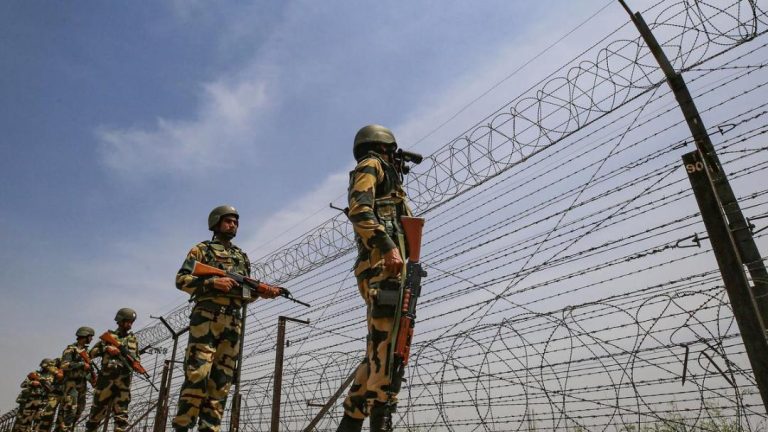
Which items saw highest & lowest inflation in January?
The inflation rate in India, which measures the rate of change in the general price level of goods and services in an economy over time, has been a topic of concern for policymakers and consumers alike. In January 2025, the all-India Consumer Price Index (CPI) inflation rate stood at 6.5%, which is higher than the average inflation rate of the previous year. The inflation rate is influenced by various factors, including supply and demand imbalances, changes in government policies, and global economic conditions.
In this post, we will explore the top five items that showed the highest year-on-year inflation in January 2025, as well as the key items that had the lowest year-on-year inflation during the same period.
Highest Inflation Items
According to the data released by the Ministry of Statistics and Programme Implementation, the top five items showing the highest year-on-year inflation at the all-India level in January 2025 are:
- Coconut oil (54.20%): Coconut oil is a staple item in many Indian households, particularly in the southern states where coconut is a major crop. The high inflation rate in coconut oil is attributed to a sharp increase in the price of coconut and other raw materials used in its production.
- Potato (49.61%): Potatoes are a popular vegetable in India, and their price has been on the rise due to a combination of factors, including a decline in production and a surge in demand. The high inflation rate in potatoes is expected to continue in the coming months, making them a costly commodity for consumers.
- Coconut (38.71%): Coconut is another item that showed a high inflation rate in January 2025, with a year-on-year increase of 38.71%. The high price of coconuts is attributed to a decline in production and a surge in demand, particularly from the food processing industry.
- Garlic (30.65%): Garlic is a staple spice in many Indian dishes, and its price has been rising due to a combination of factors, including a decline in production and a surge in demand. The high inflation rate in garlic is expected to continue in the coming months, making it a costly spice for consumers.
- Peas (vegetables) (30.17%): Peas are a popular vegetable in India, particularly during the winter months. The high inflation rate in peas is attributed to a decline in production and a surge in demand, particularly from the food processing industry.
Lowest Inflation Items
On the other hand, the key items that had the lowest year-on-year inflation in January 2025 are:
- Jeera (-32.25%): Jeera, also known as cumin, is a popular spice in Indian cuisine. Its price has been declining due to a surge in production and a decline in demand, resulting in a negative inflation rate of 32.25%.
- Ginger (-30.92%): Ginger is another spice that showed a negative inflation rate in January 2025, with a year-on-year decline of 30.92%. The decline in price is attributed to a surge in production and a decline in demand.
- Dry chillies (-11.27%): Dry chillies are a popular spice in Indian cuisine, particularly in the southern states. Their price has been declining due to a surge in production and a decline in demand, resulting in a negative inflation rate of 11.27%.
- Brinjal (-9.94%): Brinjal, also known as eggplant, is a popular vegetable in India. Its price has been declining due to a surge in production and a decline in demand, resulting in a negative inflation rate of 9.94%.
- LPG (-9.29%): LPG, or liquefied petroleum gas, is a popular cooking fuel in India. Its price has been declining due to a decline in global oil prices and a surge in production, resulting in a negative inflation rate of 9.29%.
Conclusion
The January 2025 inflation data shows that prices of certain essential items, such as coconut oil, potato, coconut, garlic, and peas, have continued to rise, while prices of other items, such as jeera, ginger, dry chillies, brinjal, and LPG, have declined. The high inflation rate in essential items is a concern for policymakers, as it can have a disproportionate impact on the poor and vulnerable sections of society. On the other hand, the decline in prices of spices and cooking fuels is a welcome relief for consumers.
It is essential for policymakers to take measures to address the supply chain disruptions and production constraints that are driving up prices of essential items. At the same time, they should also work towards promoting rural development and improving the livelihoods of farmers to ensure a stable food supply and mitigate the impact of inflation on the poor.
Source:






